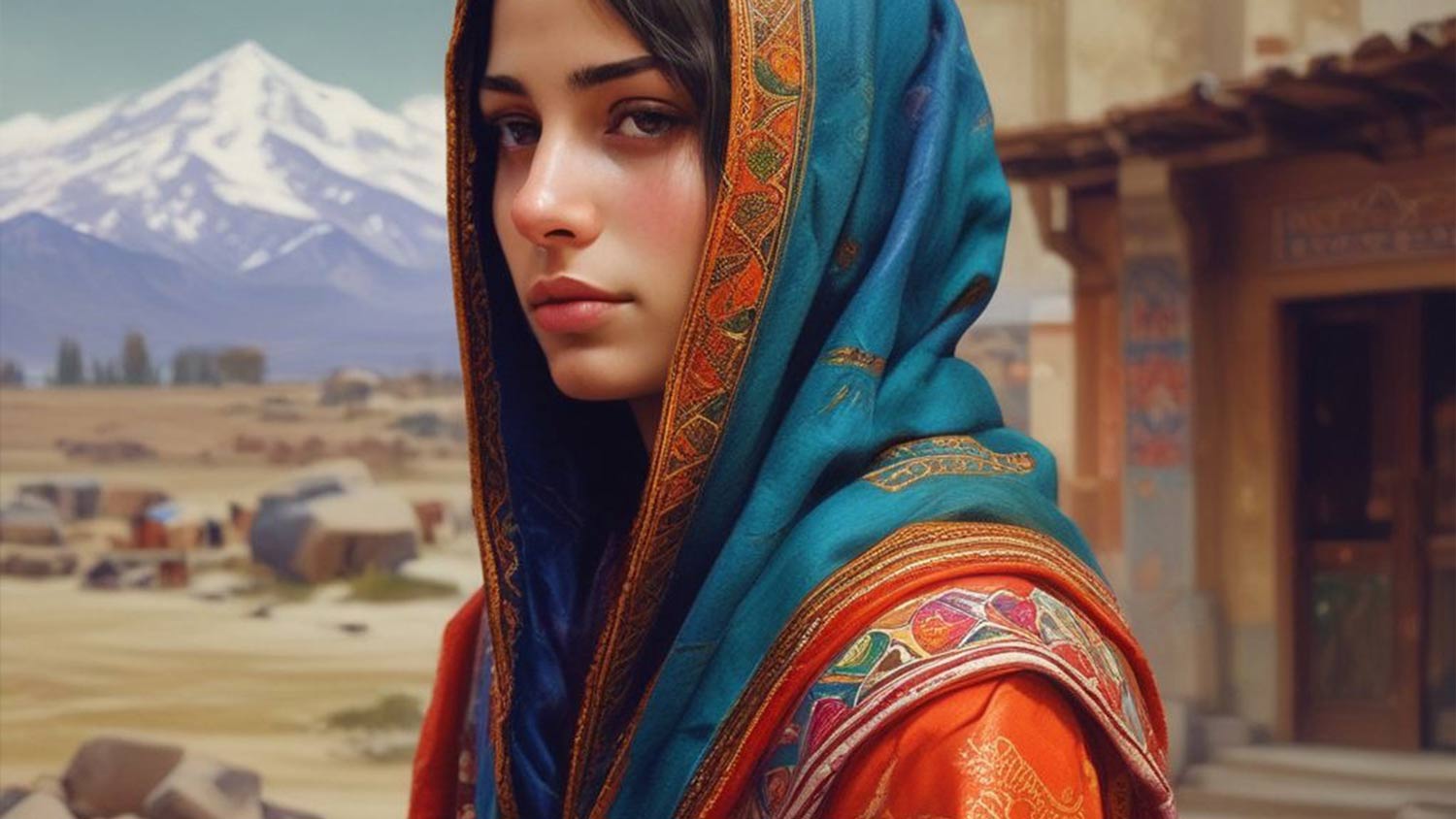Kashmiri shawls represent a blend of artistry, heritage, and luxury, originating from the picturesque Kashmir Valley. These exquisite garments have captivated hearts for centuries with their unparalleled softness and intricate designs. Woven from the finest wool, primarily Pashmina, Kashmiri shawls are not merely clothing items but cultural treasures that reflect the rich traditions and skilled craftsmanship of the region.
The Historical Roots of Kashmiri Shawls
The tradition of weaving Kashmiri shawls dates back to ancient times, with historical accounts suggesting their origins as early as the 3rd century CE. The Shawl industry thrived during the Mughal era, particularly in the 16th and 17th centuries, when emperors like Akbar and Shah Jahan began to appreciate and adorn themselves with these luxurious garments. The Mughals not only popularized Kashmiri shawls in India but also introduced them to the European elite, thus expanding their reach across the globe.
The name “Pashmina” itself is derived from the Persian word “pashm,” meaning wool. The finest quality of Pashmina comes from the Changthangi goats, which are native to the high-altitude regions of the Himalayas. The wool is collected during the molting season and spun into fine yarn, ready for the meticulous weaving process. Each shawl tells a story of its own, often showcasing intricate patterns and designs inspired by the stunning landscapes of Kashmir.
The Craftsmanship Behind Kashmiri Shawls
Kashmiri shawls are renowned for their exceptional craftsmanship, with skilled artisans dedicating hours, often months, to create a single piece. The weaving process involves traditional handlooms, where the artisan weaves the delicate threads into intricate patterns, utilizing a variety of techniques.
Types of Weaving Techniques
- Sozni Embroidery: This technique employs a needle to create delicate floral patterns and intricate designs. The artisans use fine silk threads to add depth and detail to the shawls.
- Tilla Work: Tilla is a form of gold or silver thread embroidery that adds an opulent touch to the shawls. This technique is often used to enhance the borders and highlight intricate motifs.
- Aari Work: Aari is a hook-like needle used to create stunning designs on the fabric. This method allows for elaborate patterns to be stitched in a relatively short time, making it a popular choice among artisans.
Unique Designs and Patterns
Kashmiri shawls are distinguished by their unique designs, which often include floral motifs, paisley patterns, and geometric shapes. The Jamawar shawl, characterized by its vibrant colors and intricate designs, remains one of the most sought-after styles. In contrast, the Pashmina shawl is known for its subtle elegance and soft texture.
Cultural Significance of Kashmiri Shawls
Kashmiri shawls hold immense cultural significance, representing not only the artistry of the region but also the warmth and hospitality of the Kashmiri people. Traditionally, these shawls are gifted during weddings, festivals, and other significant occasions, symbolizing love, respect, and affection.
The artistry behind Kashmiri shawls is passed down through generations, ensuring that the skills and traditions are preserved. Many families have been involved in this craft for centuries, with each generation adding its unique touch to the shawls. This practice fosters a sense of community and pride among artisans, reinforcing the cultural identity of the region.
The Global Appeal of Kashmiri Shawls
In recent decades, Kashmiri shawls have gained worldwide recognition, transcending cultural boundaries. Fashion designers and luxury brands have embraced these exquisite pieces, integrating them into their collections. Celebrities and fashion icons often don Kashmiri shawls, further solidifying their status as a fashion staple.
The shawls’ versatility allows them to be styled in various ways, making them suitable for both formal and casual occasions. Whether draped elegantly over shoulders or worn as a chic accessory, Kashmiri shawls add a touch of sophistication to any outfit.
Caring for Your Kashmiri Shawl
To preserve the beauty and longevity of your Kashmiri shawl, proper care is essential. Here are some tips to ensure your shawl remains in pristine condition:
- Gentle Hand Wash: Use cold water and mild detergent to gently wash your shawl. Avoid wringing or twisting, as this can damage the fibers.
- Dry Flat: After washing, lay the shawl flat on a clean, dry surface away from direct sunlight. This helps maintain its shape and prevents fading.
- Store Properly: When not in use, store your shawl in a cool, dry place. Avoid hanging it, as this can stretch the fibers. Instead, fold it neatly and place it in a breathable fabric bag.
Investing in Authentic Kashmiri Shawls
With the rise in demand for Kashmiri shawls, it’s crucial to invest in authentic pieces to ensure quality and craftsmanship. Here are some tips for identifying genuine Kashmiri shawls:
- Check the Label: Look for labels that certify the authenticity of the shawl, often indicating the type of wool used and the region of origin.
- Feel the Fabric: Authentic Pashmina is incredibly soft and lightweight. If the shawl feels heavy or coarse, it may not be genuine.
- Inspect the Craftsmanship: High-quality Kashmiri shawls feature intricate designs with no loose threads. The embroidery should be precise and evenly spaced.
Conclusion
Kashmiri shawls are more than just luxurious garments; they embody a rich cultural heritage, exceptional craftsmanship, and a timeless elegance that transcends generations. Investing in an authentic Kashmiri shawl not only enhances your wardrobe but also supports the artisans who dedicate their lives to preserving this beautiful tradition. As we continue to appreciate the artistry behind these exquisite pieces, let us celebrate their significance in the cultural tapestry of Kashmir and beyond.
